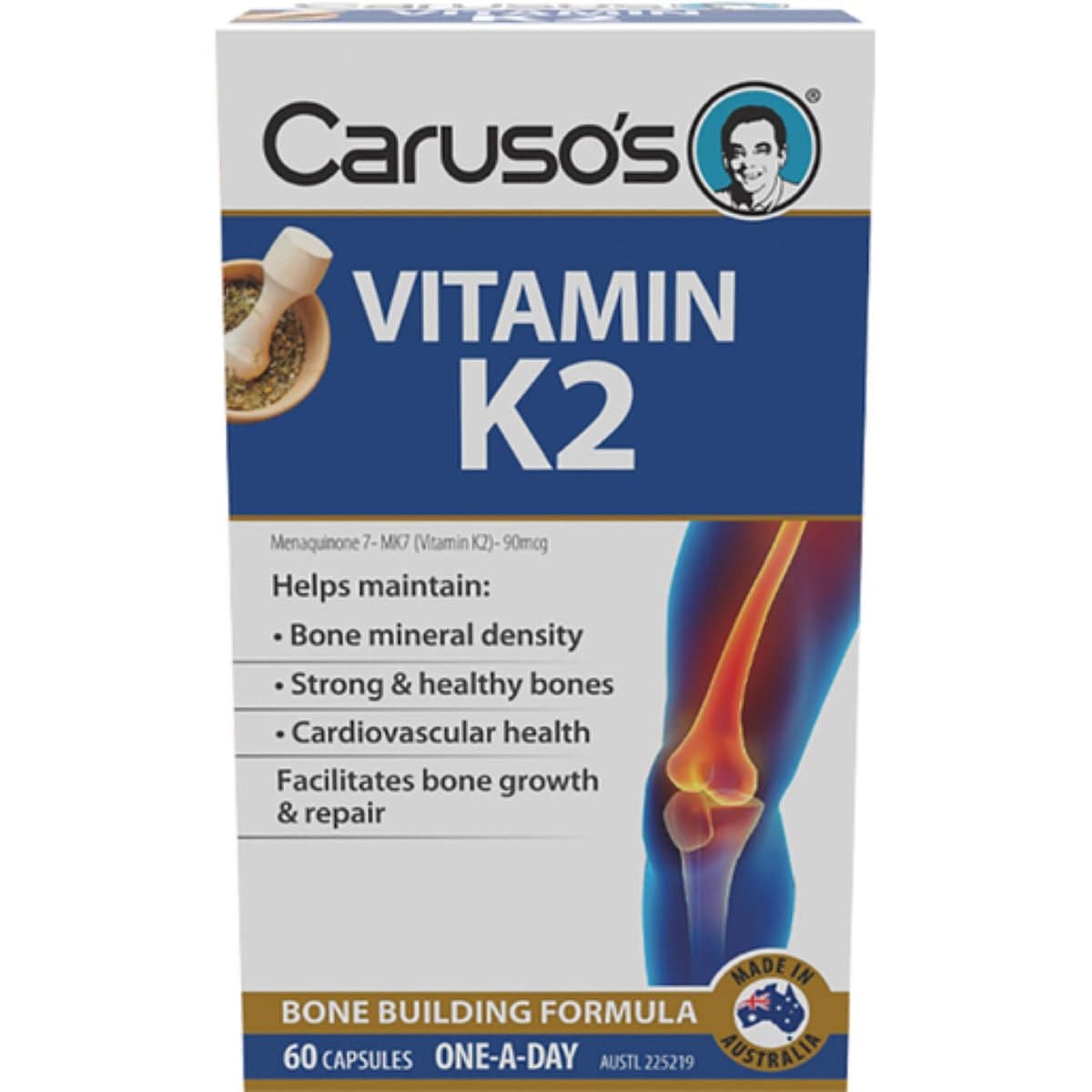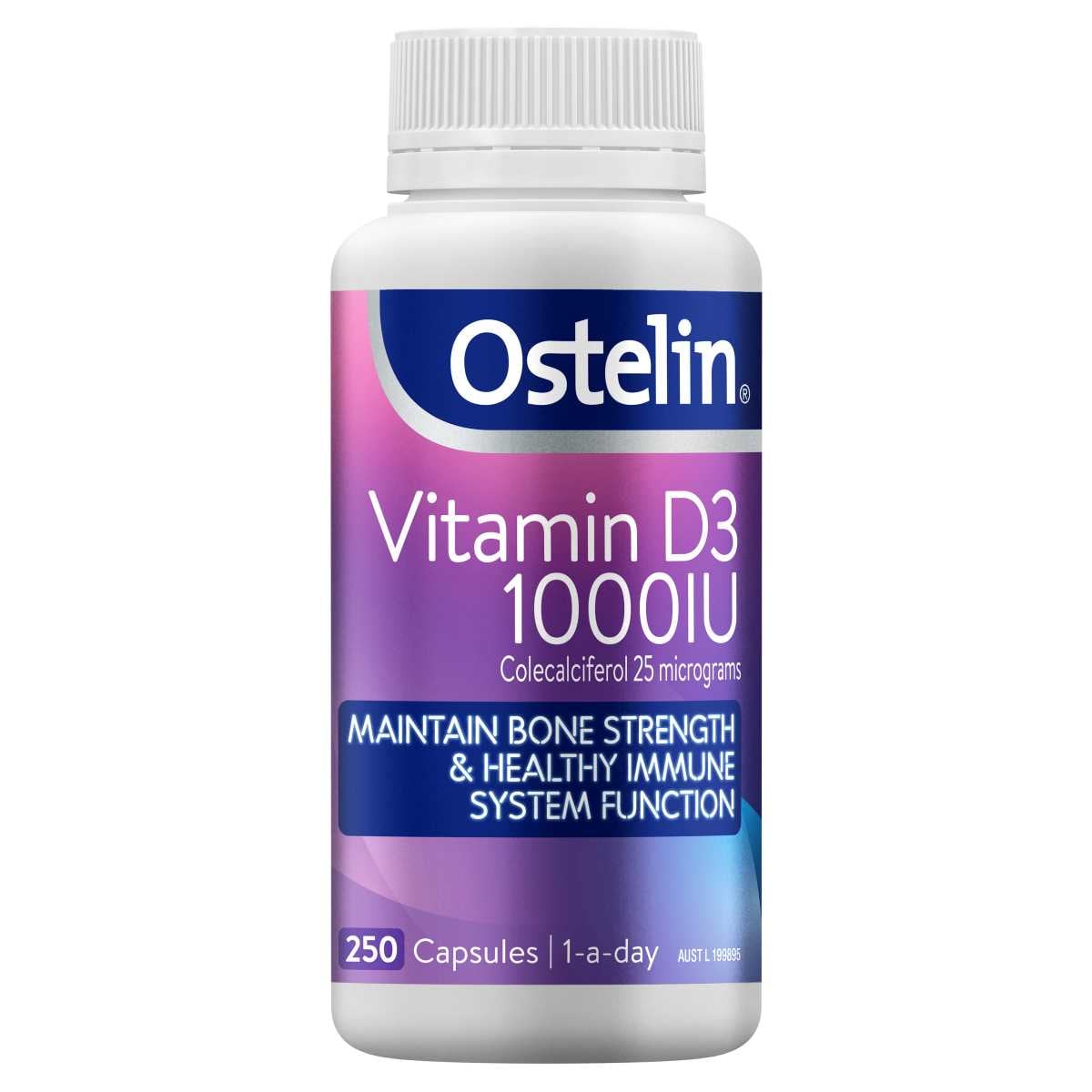The recommended dosage of Vitamin D3 (cholecalciferol) for bone health varies by age, dietary intake, exposure to sunlight, and individual health conditions. Generally, the recommended dietary allowances (RDAs) for Vitamin D are measured in International Units (IU) or micrograms (mcg), with 1 mcg of vitamin D equaling approximately 40 IU.
Here are the general RDAs for Vitamin D, which include Vitamin D3, according to the U.S. National Institutes of Health (NIH):
- Infants 0-12 months: 400 IU (10 mcg)
- Children 1-18 years: 600 IU (15 mcg)
- Adults up to 70 years: 600 IU (15 mcg)
- Adults over 70 years: 800 IU (20 mcg)
- Pregnant and breastfeeding women: 600 IU (15 mcg)
These recommendations are for maintaining general bone health and overall health. However, individuals at risk of deficiency, those with limited sun exposure, or those with certain health conditions may require higher doses for therapeutic purposes.
It’s important to note that while Vitamin D is essential for bone health, excessive intake can lead to adverse effects, including hypercalcemia (high levels of calcium in the blood) and kidney damage. The upper intake levels (UL) — the maximum daily intake unlikely to cause harmful effects — for Vitamin D are:
- Infants 0-6 months: 1,000 IU (25 mcg)
- Infants 7-12 months: 1,500 IU (37.5 mcg)
- Children 1-3 years: 2,500 IU (62.5 mcg)
- Children 4-8 years: 3,000 IU (75 mcg)
- Individuals 9 years and older: 4,000 IU (100 mcg)
Before taking Vitamin D supplements, especially in doses higher than the recommended daily allowances, it is advisable to consult with a healthcare provider. They can offer guidance based on your specific health needs, including bone strength, and may recommend blood tests to determine your current Vitamin D levels.





